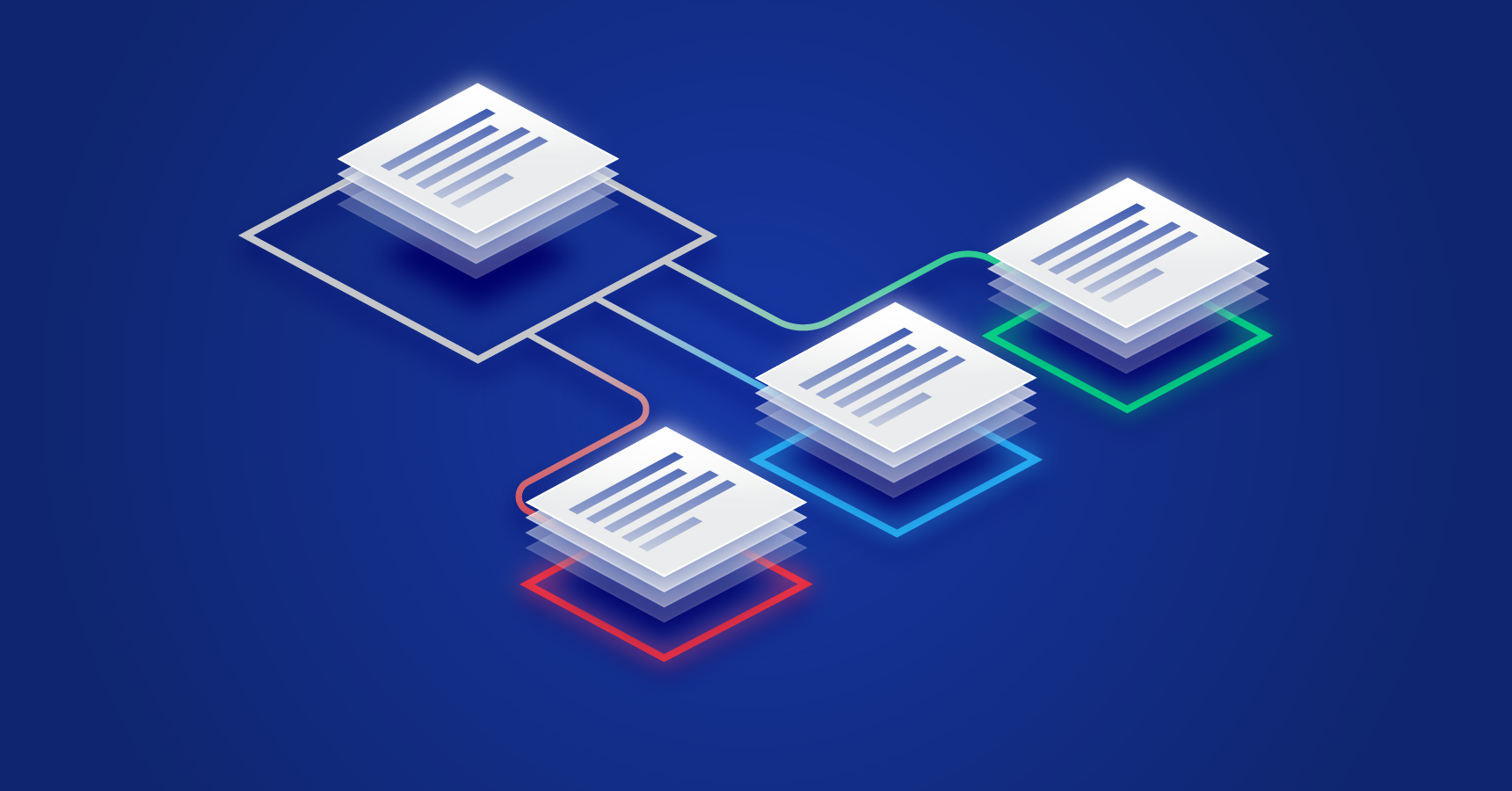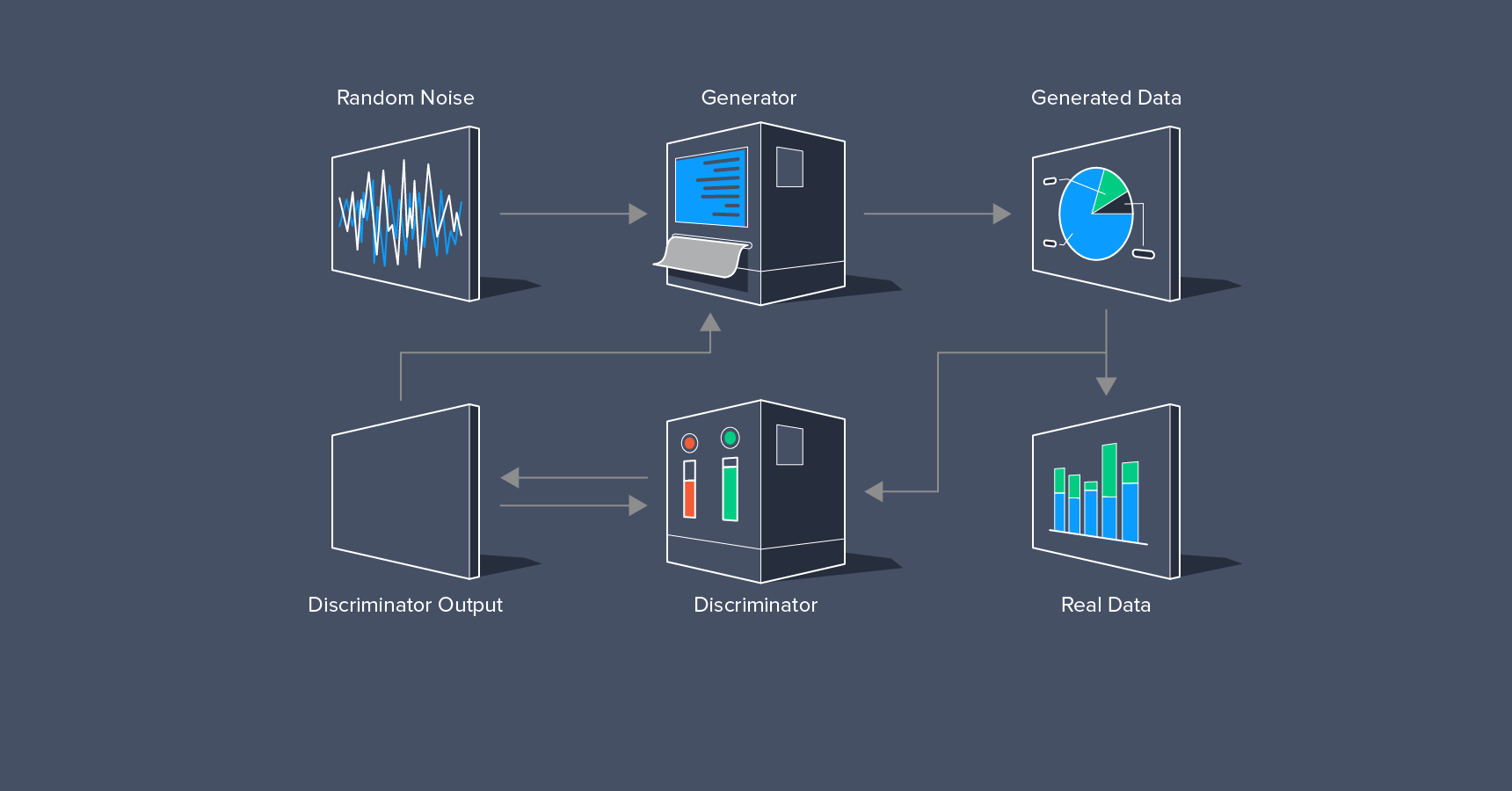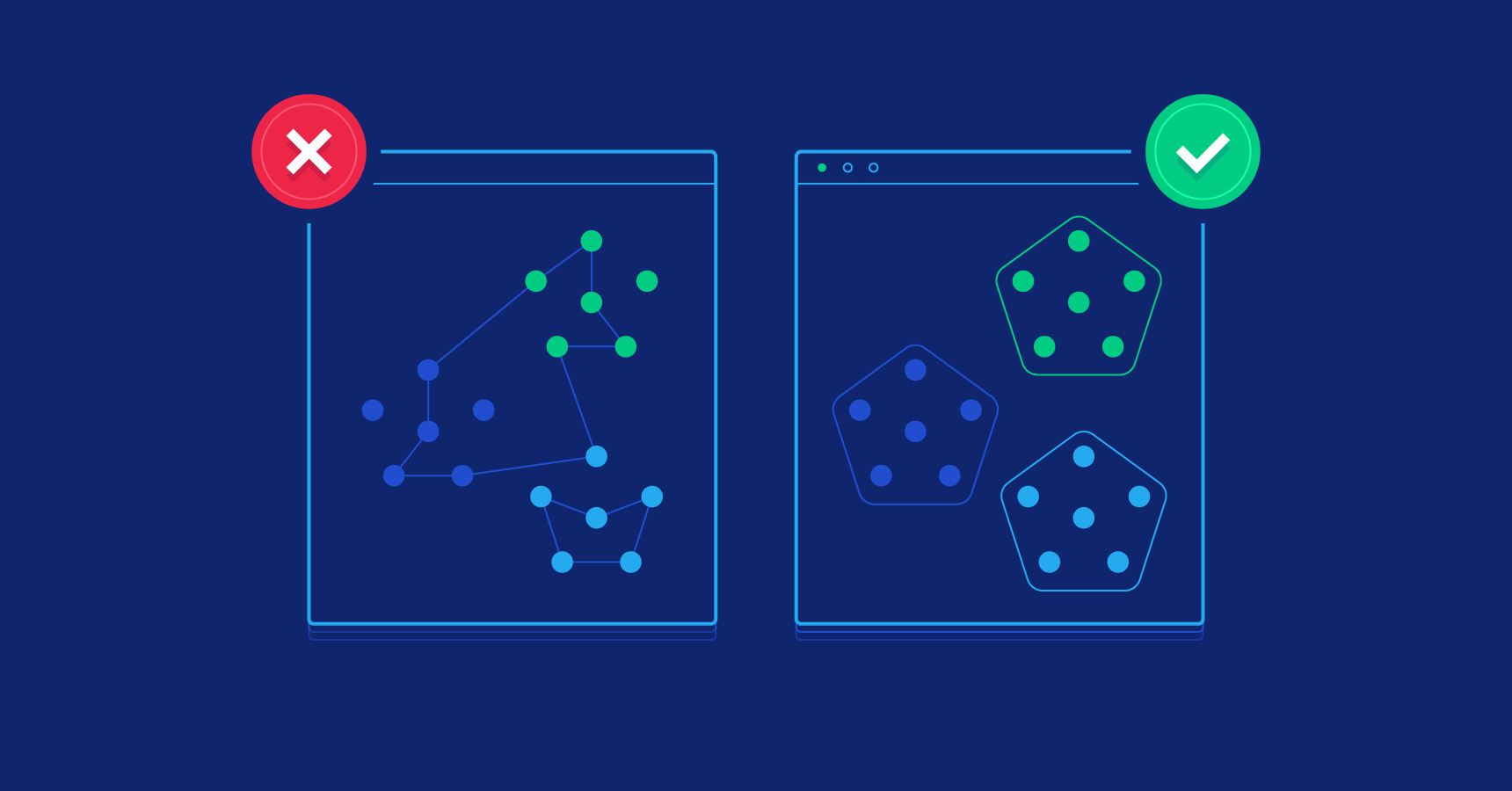How to Approach Machine Learning Problems
How do you approach machine learning problems? Are neural networks the answer to nearly every challenge you may encounter?
In this article, Toptal Freelance Python Developer Peter Hussami explains the basic approach to machine learning problems and points out where neural may fall short.

Peter Hussami
A Deep Dive Into Reinforcement Learning
Machine learning and artificial intelligence are popular topics, vast domains with multiple paradigms to solve any given challenge.
In this article, Toptal Machine Learning Expert Adam Stelmaszczyk walks us through implementing deep Q-learning, a fundamental algorithm in the AI/ML world, with modern libraries such as TensorFlow, TensorBoard, Keras, and OpenAI Gym.

Adam Stelmaszczyk
Build a Text Classification Program: An NLP Tutorial
Deep learning has proven its power across many domains, from beating humans at complex board games to synthesizing music. It has also been used extensively in natural language processing.
In this article, Toptal Freelance Software Engineer Shanglun (Sean) Wang shows how easy it is to build a text classification program using different techniques and how well they perform against each other.

Shanglun Wang
Machine Learning Video Analysis: Identifying Fish
Machine learning, combined with some standard image processing techniques, can result in powerful video analysis tools.
In this article, Toptal Freelance Software Engineer Michael Karchevsky walks through a solution for a machine learning competition that identifies the species and lengths of any fish present in a given video segment.

Michael Karchevsky
Exploring Supervised Machine Learning Algorithms
While machine learning sounds highly technical, an introduction to the statistical methods involved quickly brings it within reach. In this article, Toptal Freelance Software Engineer Vladyslav Millier explores basic supervised machine learning algorithms and scikit-learn, using them to predict survival rates for Titanic passengers.

Vlad Miller
Create Data From Random Noise With Generative Adversarial Networks
Generative adversarial networks, among the most important machine learning breakthroughs of recent times, allow you to generate useful data from random noise. Instead of training one neural network with millions of data points, you let two neural networks contest with each other to figure things out.
In this article, Toptal Freelance Software Engineer Cody Nash gives us an overview of how GANs work and how this class of machine learning algorithms can be used to generate data in data-limited situations.

Cody Nash
The Rise Of Automated Trading: Machines Trading the S&P 500
More than 60 percent of trading activities with different assets rely on automated trading and machine learning instead of human traders. Today, specialized programs based on particular algorithms and learned patterns automatically buy and sell assets in various markets, with a goal to achieve a positive return in the long run.
In this article, Toptal Freelance Data Scientist Andrea Nalon explains how to predict, using machine learning and Python, which trade should be made next on the S&P 500 to get a positive gain.

Andrea Nalon
Clustering Algorithms: From Start to State of the Art
Clustering algorithms are very important to unsupervised learning and are key elements of machine learning in general. These algorithms give meaning to data that are not labelled and help find structure in chaos. But not all clustering algorithms are created equal; each has its own pros and cons.
In this article, Toptal Freelance Software Engineer Lovro Iliassich explores a heap of clustering algorithms, from the well known K-Means algorithm to the elegant, state-of-the-art Affinity Propagation technique.

Lovro Iliassich
Tree Kernels: Quantifying Similarity Among Tree-structured Data
Today, a massive amount of data is available in the form of networks or graphs. For example, the World Wide Web, with its web pages and hyperlinks, social networks, semantic networks, biological networks, citation networks for scientific literature, and so on.
A tree is a special type of graph, and is naturally suited to represent many types of data. The analysis of trees is an important field in computer and data science. In this article, we will look at the analysis of the link structure in trees. In particular, we will focus on tree kernels, a method for comparing tree graphs to each other, allowing us to get quantifiable measurements of their similarities or differences. This an important process for many modern applications such as classification and data analysis.

Dino Causevic
World-class articles, delivered weekly.
Toptal Developers
- Algorithm Developers
- Angular Developers
- AWS Developers
- Azure Developers
- Big Data Architects
- Blockchain Developers
- Business Intelligence Developers
- C Developers
- Computer Vision Developers
- Django Developers
- Docker Developers
- Elixir Developers
- Go Engineers
- GraphQL Developers
- Jenkins Developers
- Kotlin Developers
- Kubernetes Experts
- Machine Learning Engineers
- Magento Developers
- .NET Developers
- R Developers
- React Native Developers
- Ruby on Rails Developers
- Salesforce Developers
- SQL Developers
- Sys Admins
- Tableau Developers
- Unreal Engine Developers
- Xamarin Developers
- View More Freelance Developers
Join the Toptal® community.








